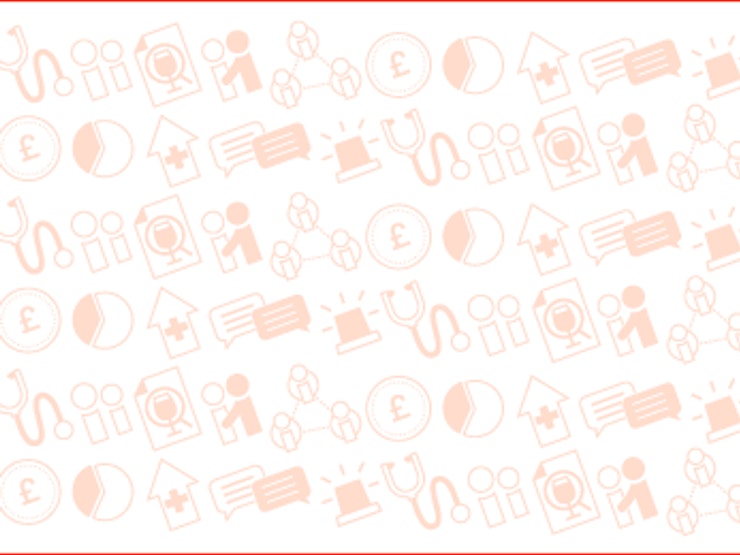Note: This report was funded and/or written by our predecessor organisation, the Alcohol Education Research Council (AERC).
9 October 2001
Researchers:
Margaret Ely, Rebecca Hardy, Nicholas Longford and Michael Wadsworth, University College, London.
Key findings
- Rates of reporting were higher for the home visit questions (97% of those interviewed) than for the diary (61%).
- Findings differed greatly according to the method used; 23% of men and 10% of women were classified in a higher drinking category by the diary information than by the weekly recall questions.
- Under reporting of quantities consumed was more prevalent in those estimated by the CAGE scores to have alcohol problems, particularly feelings of guilt about drinking in women, and feelings of annoyance at criticism of drinking in men.
- Reporting in the diary was less biased by attitudes to drinking than was reporting by the weekly recall method.
- Women were more likely than men to complete the diary, but less likely to answer the self-report and CAGE questions.
- Non-response to the diary was not related to problems indicated by the CAGE scores.
- Where diaries were not completed, alcohol consumption expected to have been reported by that method was estimated using weekly recalled quantities and background data (for example gender, smoking habits, body mass); use of these calculated or imputed values did not greatly change the proportion of the population estimated to be drinking above the ‘sensible’ and ‘heavy’ limits.
Introduction
Accurate information about alcohol consumption is needed in order to monitor trends, and to understand the role that consumption plays in relation to working life and to health. However, drinking is under-reported in general population surveys, because reported drinking accounts for only 40 to 60% of alcohol sales. This is particularly a problem because, it is believed, high consumers of alcohol under-report or do not agree to participate in studies to a much greater extent than low consumers. A study that collected information on alcohol consumption in 2 different ways in a large sample has been used to find out how best to collect accurate reports of drinking.
The study is the Medical Research Council National Survey of Health and Development. The study sample comprises a birth cohort, members of which live throughout England, Wales and Scotland, who are largely representative of the national population of the same age. At age 43 years this cohort (N=3262 respondents at this age) was asked about alcohol consumption in 3 ways. First, by questions about types and quantities of alcohol consumed in the past 7 days; this is called the weekly recall method. Second by the CAGE questions on problems with alcohol; CAGE scores of 2 or more were taken to indicate problems. Each of these sets of questions was completed during a home visit undertaken by research nurses. The third method was a diary; the nurses used this to ask respondents about all foods and drinks consumed over the 2 days before interview, and then left the diary for completion on the next 5 days. Comparisons of different methods of reporting were compared in terms of the Royal College of Psychiatrists classifications of ‘sensible’ ‘immoderate’ and ‘heavy’ drinking. For men 0-21 units is sensible, over 21-50 is immoderate, and over 50 is heavy. For women 0-14 is sensible, over 14-35 is immoderate, and over 35 is heavy. (1 unit is one small glass of wine or half pint of beer or one single spirit).
Implications
- The less respondents are asked to recall or to summarise their drinking the greater will be the accuracy of reporting quantity of alcohol consumed.
- The diary method gives greater accuracy of quantities consumed, but is more expensive to use and has lower completion rates.
- It is probable that surveys of alcohol consumption are more likely to provide accurate measures if they are not concerned solely with alcohol.
- Asking about alcohol consumption using more than one method provides useful information for making statistical imputations about missing data.

